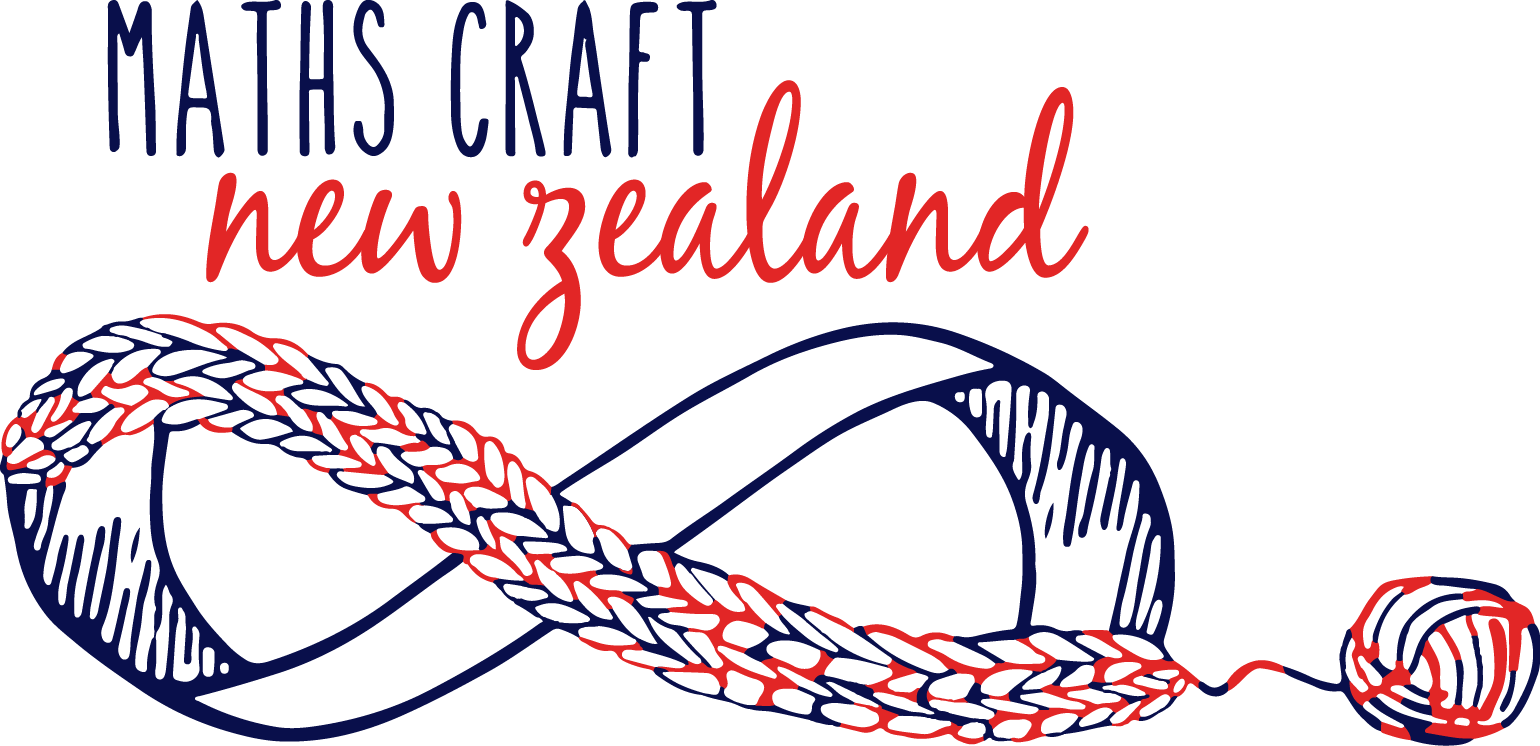
Julia Collins: Knitting Mathematics
Julia Collins is a mathematician and science communicator based at the University of Edinburgh in the UK. She is passionate about enthusing people about maths, and believes that maths can be found in everything around us. Knitting and crochet, in particular, have far more maths in them than people realise, and many mathematical ideas were discovered by knitters far earlier than by mathematicians! This talk will run through many different connections between maths and knitting, and will hopefully enthuse mathematicians and knitters alike to see their craft through new eyes.
Suitable for age 14+.

Phil Wilson: Fractals, Carpets, Sponges and Snowflakes
Phil Wilson is a mathematician at the University of Canterbury working in fluid mechanics and mathematical modelling in biology. In his talk he will tell us about the beautiful and incomprehensibly intricate world of fractals, and the role they have to play in nature.

Hinke Osinga: Chaos, Kayaking and Crochet
Hinke Osinga is a Professor in Applied Mathematics at the University of Auckland. Her research in dynamical systems theory became well known to the general public in 2004, when she turned her computer-generated images of chaotic behaviour into a crocheted model, called the crocheted Lorenz manifold. The Lorenz manifold is a surface with an intriguing geometry that signifies the unpredictability of chaotic behaviour; it arises from a set of mathematical equations that represent a much simplified model for weather prediction. At over 25,000 stitches, the crocheted piece is about a metre wide and has been replicated by many crafters all over the world. If you want to be the first person to crochet one in New Zealand, come to this talk and hear what it is you will be making: Hinke promises a bottle of champagne as well as the honour of featuring on the crocheted Lorenz manifold website.

Jeanette McLeod: Four Colours are Enough
Jeanette McLeod is a mathematician at the University of Canterbury who does research into combinatorics, Latin squares, graph colourings and random graphs. In this talk she will tell us about one of the most controversial theorems of the 20th century, the Four Colour Theorem, explaining why mathematicians have struggled with it so much, and exploring its links with crafts such as knitting, quilting and colouring.

Bernd Krauskopf: From maths to art and chaos to steel
One of the research interests of mathematician Bernd Krauskopf of the University of Auckland is how chaotic behaviour may arise and can be explained mathematically. With Hinke Osinga and other collaborators he has been working on the famous Lorenz system, where the chaotic behaviour is organised by an amazing surface: the Lorenz manifold. Imagine a pancake that grows and grows to fill the entire space without creasing or developing self-intersections. This amazing object has been turned into a steel sculpture in a collaboration with artist Benjamin Storch. Bernd will highlight some of the underlying geometry of the Lorenz manifold and explain the process used to turn it into art.

Agnes Hauptli: Computer Science and the Loom
Agnes Hauptli is a self-taught weaver living in Northland, New Zealand. She is passionate about the ancient craft of weaving, and will give her talk about the connections between mathematics, computer science, and looms. The Jacquard Loom can be considered as the first example of a working computer program, using punch cards to create beautiful woven tapestries as early as 1801. There is plenty more maths to be found in this intricate craft!

Hugh Gribben: Mathematical Origami
Hugh Gribben is a mathematician and educator who has had great success touring New Zealand with his Great Origami Maths and Science Show. His talk will explore the topic in more depth, showing how origami can be used to explore and visualise mathematical ideas, and even to prove mathematical theorems!







